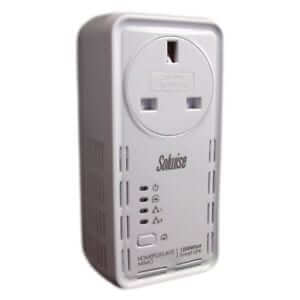There are three basic types of networking you can do. Here are those three, each have their advantages and disadvantages.
Ethernet

The advantage of Ethernet is that it is fast, cheap and simple to install.
In a normal household setting, using a type of cable called Cat (short for Category) 6 is ideal, with a range of 300m for 100 Megabits per second, with gigabit up to 100m, which is more than enough distance for the average home. Additional switches can be implemented to extend the range and provide connections for other devices.
The disadvantage is that the cable is unsightly and may need to have holes drilled through walls to connect devices together.
Wireless

The advantage of Wireless is that there is no unsightly cables.
Wireless is limited by a number of factors including how many other wireless networks are in the area as well as distance from the router.
You can use range extenders to increase the coverage of a wireless network.
A big disadvantage is that the signal doesn’t pass through walls very well and so your signal may be non existent in some rooms.
Mesh network routers offer a much greater promise to extend your network around your home, as they talk to each other on the same frequencies and provide a cover like a mesh through your home.
HomePlug

The advantage of HomePlug (sometimes called Powerline Ethernet) is that there is no unsightly cables. The signal passes through your house wiring.
There is a limitation that every HomePlug box must be on the same ring main, or the system doesn’t work.
You can buy wireless versions which could extend a network upstairs, or provide wireless in a room where the normal wireless router cannot reach.
If you are considering these, get the fastest speed you can afford. The gigabit ones offer a reasonable speed, but gigabit is a maximum rather than sustainable speed.


